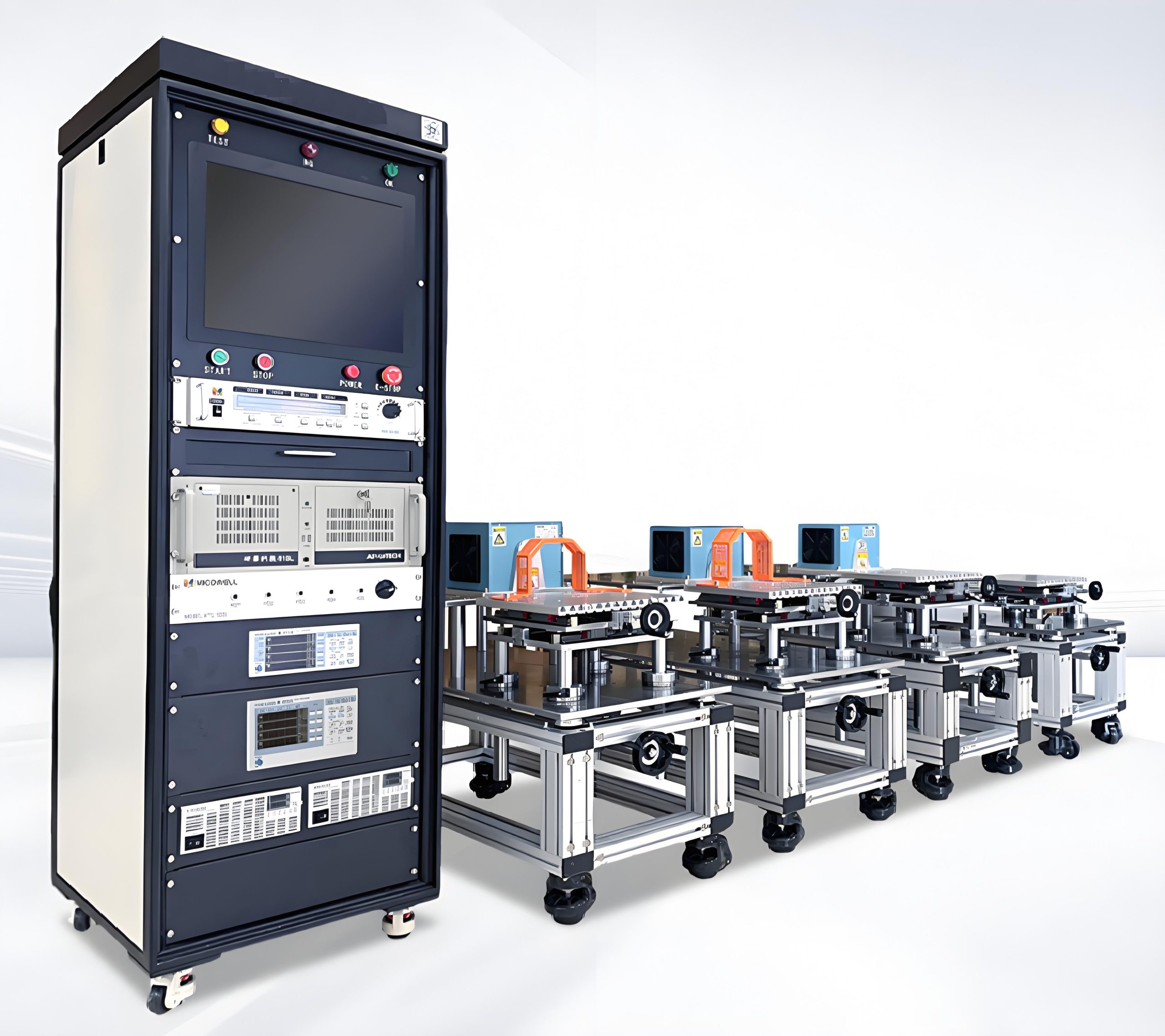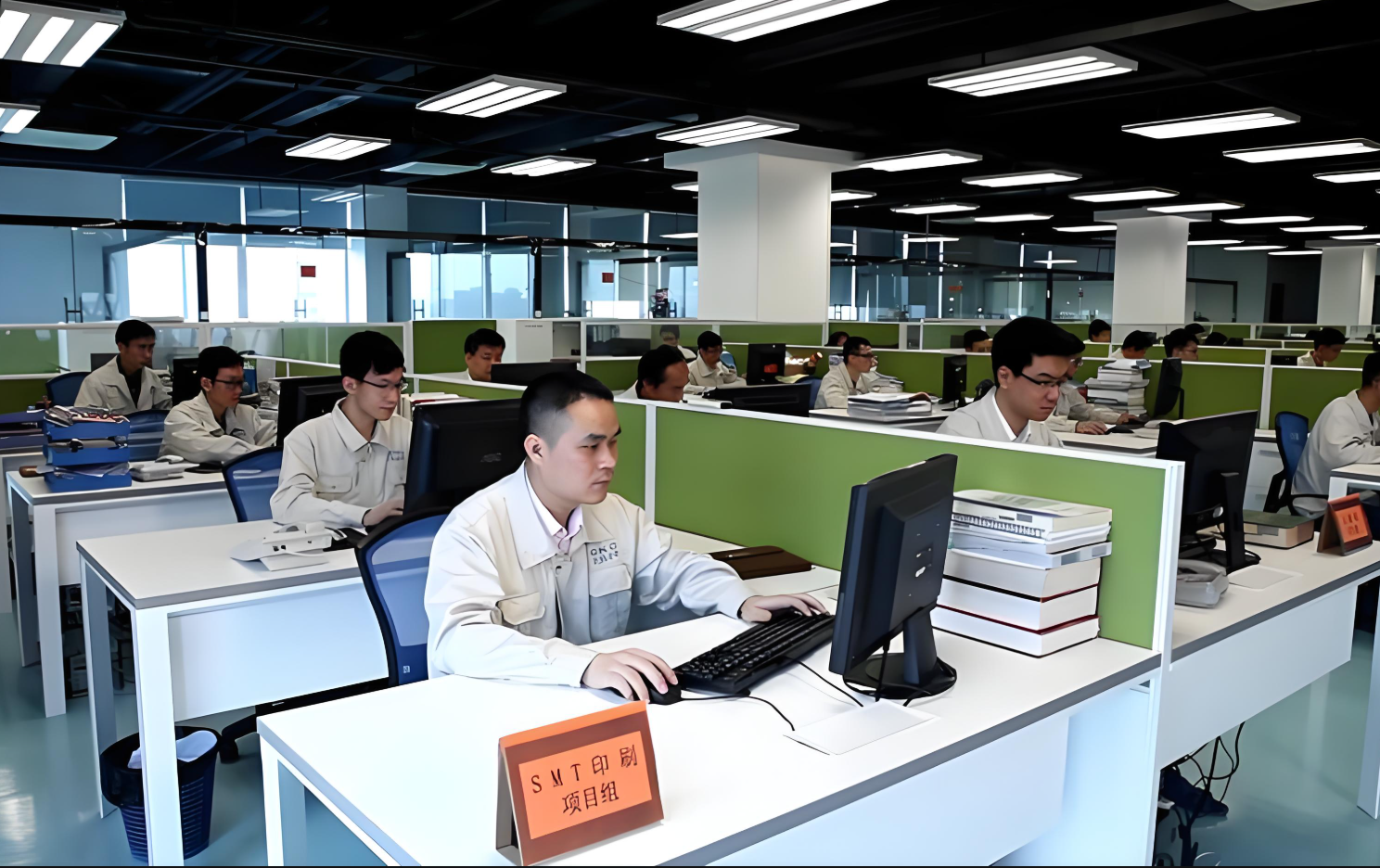Harnessing Precision and Control The Advanced World of Hysteresis Brakes Dynamometers and Motor Testing Solutions
In the ever-evolving landscape of industrial automation, electric vehicle development, and precision engineering, the demand for reliable, high-performance testing and control systems has never been greater. At the intersection of innovation and practicality lie hysteresis brakes, hysteresis dynamometers, hysteresis clutches, and advanced motor test equipment—technologies that form the backbone of modern manufacturing, R\u0026D, and quality assurance processes. Optic fiber tension management explores how these solutions are reshaping industries by delivering unmatched accuracy, durability, and operational efficiency. UNLOCKING THE POWER OF HYSTERESIS TECHNOLOGY Hysteresis brakes, dynamometers, and clutches operate on the principles of magnetic hysteresis—a phenomenon where the magnetic flux density lags behind the magnetic field strength. This inherent property allows these devices to generate precise, non-contact torque without friction or wear, setting them apart from traditional mechanical systems. HYSTERESIS BRAKES: PRECISION CONTROL IN MOTION Hysteresis brakes excel in applications requiring smooth, controllable braking force. Unlike friction-based brakes, they eliminate particulate generation and maintenance demands, making them ideal for: – Semiconductor manufacturing equipment – Medical device testing platforms – Aerospace component calibration – High-speed packaging machinery Their ability to provide linear torque control across wide speed ranges (including zero RPM) ensures consistent performance in tension control systems for wire winding, film processing, and textile production. HYSTERESIS CNC servo press automation : THE ULTIMATE TESTING WORKHORSES When it comes to evaluating motor performance, hysteresis dynamometers stand as critical tools for engineers. These systems offer: – Bidirectional loading capabilities – Instantaneous torque response – Exceptional speed-torque linearity – Zero mechanical backlash Automotive manufacturers leverage hysteresis dynamometers for testing EV traction motors, while industrial equipment producers use them to validate servo motor efficiency under variable loads. The non-contact operation ensures long-term calibration stability, reducing downtime for recalibration. HYSTERESIS CLUTCHES: Automatic mask making machine bring a new dimension to torque control in power transmission systems. Key advantages include:  – Smooth engagement without shock loads – Precise slip torque control
– Smooth engagement without shock loads – Precise slip torque control  – Maintenance-free operation – Immunity to environmental contaminants These characteristics make them indispensable in robotics, printing press tension control, and high-precision servo systems where traditional clutches would fail due to wear or contamination. MOTOR CNC servo press applications : BUILDING THE FUTURE OF ELECTRIFICATION As global industries pivot toward electrification, comprehensive motor test systems have become mission-critical. Modern motor test equipment integrates hysteresis dynamometers with advanced measurement technologies to deliver: – Full load spectrum simulation (from no-load to overload conditions) – Real-time efficiency mapping – Regenerative energy recovery capabilities – Automated test sequences compliant with international standards (IEC, ISO, SAE) Leading automotive OEMs now employ multi-axis motor test systems to validate everything from EV powertrains to window lift motors, accelerating time-to-market while ensuring regulatory compliance. ADVANCED FEATURES DRIVING INDUSTRIAL INNOVATION The latest generation of hysteresis-based systems incorporates smart technologies that elevate their capabilities: 1. Integrated IoT Connectivity: Remote monitoring and predictive maintenance algorithms 2. AI-Powered Data Analytics: Automatic performance anomaly detection 3. Hybrid Testing Configurations: Combining hysteresis and eddy current technologies 4. Ultra-High-Speed Testing: Capabilities exceeding 100,000 RPM for micro-motor validation 5. Thermal Management Systems: Active cooling solutions for continuous duty cycles These innovations enable manufacturers to push the boundaries of product development while maintaining stringent quality control standards.
– Maintenance-free operation – Immunity to environmental contaminants These characteristics make them indispensable in robotics, printing press tension control, and high-precision servo systems where traditional clutches would fail due to wear or contamination. MOTOR CNC servo press applications : BUILDING THE FUTURE OF ELECTRIFICATION As global industries pivot toward electrification, comprehensive motor test systems have become mission-critical. Modern motor test equipment integrates hysteresis dynamometers with advanced measurement technologies to deliver: – Full load spectrum simulation (from no-load to overload conditions) – Real-time efficiency mapping – Regenerative energy recovery capabilities – Automated test sequences compliant with international standards (IEC, ISO, SAE) Leading automotive OEMs now employ multi-axis motor test systems to validate everything from EV powertrains to window lift motors, accelerating time-to-market while ensuring regulatory compliance. ADVANCED FEATURES DRIVING INDUSTRIAL INNOVATION The latest generation of hysteresis-based systems incorporates smart technologies that elevate their capabilities: 1. Integrated IoT Connectivity: Remote monitoring and predictive maintenance algorithms 2. AI-Powered Data Analytics: Automatic performance anomaly detection 3. Hybrid Testing Configurations: Combining hysteresis and eddy current technologies 4. Ultra-High-Speed Testing: Capabilities exceeding 100,000 RPM for micro-motor validation 5. Thermal Management Systems: Active cooling solutions for continuous duty cycles These innovations enable manufacturers to push the boundaries of product development while maintaining stringent quality control standards.  APPLICATIONS TRANSFORMING INDUSTRIES The versatility of hysteresis-based systems and motor test equipment spans multiple sectors: AUTOMOTIVE AND E-MOBILITY – EV motor efficiency optimization – Battery cooling pump validation – Regenerative braking system development AEROSPACE AND DEFENSE – Actuator endurance testing – Flight control system verification – Satellite component qualification RENEWABLE ENERGY – Wind turbine pitch control motor testing – Solar tracking system lifecycle analysis – Hydroelectric generator validation CONSUMER ELECTRONICS – Haptic feedback motor characterization – Drone propulsion system optimization – Appliance motor noise/vibration analysis ADVANTAGES OVER TRADITIONAL SYSTEMS When compared to friction-based brakes or hydraulic dynamometers, hysteresis solutions offer compelling benefits: – Consistent performance over time (no wear-related degradation) – Elimination of consumables (brake pads, cooling fluids) – Reduced maintenance costs and downtime – Environmentally friendly operation (no oil leaks or particulate emissions) – Superior control resolution (±0.25% typical torque accuracy) These advantages translate directly into lower total cost of ownership and improved sustainability metrics for industrial users. INTEGRATION WITH MODERN TESTING INFRASTRUCTURE Contemporary motor test systems combine hysteresis dynamometers with: – High-bandwidth power analyzers – Precision torque transducers – Climate-controlled environmental chambers – Automated data acquisition platforms This integration enables complete motor characterization across operating temperatures, humidity levels, and mechanical load conditions—critical for applications ranging from arctic mining equipment to desert solar installations. FUTURE TRENDS AND DEVELOPMENTS As industry requirements evolve, hysteresis technology continues to advance: 1. High-Temperature Materials: Enabling operation in extreme environments (\u003e300°C) 2. Compact Designs: Miniaturized systems for micro-motor testing 3. Cyber-Physical Testing: Digital twin integration for virtual-physical hybrid validation 4. Ultra-High Precision: Sub-millinewton-meter torque resolution for medical devices These developments promise to further cement hysteresis-based systems as essential tools in the Industry 4.0 ecosystem. CHOOSING THE RIGHT SOLUTION: KEY CONSIDERATIONS When selecting hysteresis brakes, dynamometers, or motor test systems, engineers should evaluate: – Torque/speed range requirements – Dynamic response characteristics – Cooling system efficiency – Data acquisition capabilities – Compliance with industry-specific standards – Scalability for future testing needs Leading suppliers now offer configurable platforms that can be adapted as testing requirements evolve, protecting investments in test infrastructure. CONCLUSION: POWERING PRECISION IN THE MODERN AGE From prototype development to production-line quality control, hysteresis-based systems and advanced motor test equipment form the invisible foundation supporting technological progress. As industries continue to demand higher efficiency, greater reliability, and smarter manufacturing processes, these technologies will remain at the forefront of innovation—enabling engineers to push the boundaries of what's possible while maintaining uncompromising standards of quality and performance. The next generation of industrial breakthroughs will be built on the precise control and rigorous validation made possible by hysteresis brakes, dynamometers, and intelligent motor test systems. For organizations committed to excellence, investing in these technologies isn't just an operational decision—it's a strategic imperative in an increasingly competitive technological landscape.
APPLICATIONS TRANSFORMING INDUSTRIES The versatility of hysteresis-based systems and motor test equipment spans multiple sectors: AUTOMOTIVE AND E-MOBILITY – EV motor efficiency optimization – Battery cooling pump validation – Regenerative braking system development AEROSPACE AND DEFENSE – Actuator endurance testing – Flight control system verification – Satellite component qualification RENEWABLE ENERGY – Wind turbine pitch control motor testing – Solar tracking system lifecycle analysis – Hydroelectric generator validation CONSUMER ELECTRONICS – Haptic feedback motor characterization – Drone propulsion system optimization – Appliance motor noise/vibration analysis ADVANTAGES OVER TRADITIONAL SYSTEMS When compared to friction-based brakes or hydraulic dynamometers, hysteresis solutions offer compelling benefits: – Consistent performance over time (no wear-related degradation) – Elimination of consumables (brake pads, cooling fluids) – Reduced maintenance costs and downtime – Environmentally friendly operation (no oil leaks or particulate emissions) – Superior control resolution (±0.25% typical torque accuracy) These advantages translate directly into lower total cost of ownership and improved sustainability metrics for industrial users. INTEGRATION WITH MODERN TESTING INFRASTRUCTURE Contemporary motor test systems combine hysteresis dynamometers with: – High-bandwidth power analyzers – Precision torque transducers – Climate-controlled environmental chambers – Automated data acquisition platforms This integration enables complete motor characterization across operating temperatures, humidity levels, and mechanical load conditions—critical for applications ranging from arctic mining equipment to desert solar installations. FUTURE TRENDS AND DEVELOPMENTS As industry requirements evolve, hysteresis technology continues to advance: 1. High-Temperature Materials: Enabling operation in extreme environments (\u003e300°C) 2. Compact Designs: Miniaturized systems for micro-motor testing 3. Cyber-Physical Testing: Digital twin integration for virtual-physical hybrid validation 4. Ultra-High Precision: Sub-millinewton-meter torque resolution for medical devices These developments promise to further cement hysteresis-based systems as essential tools in the Industry 4.0 ecosystem. CHOOSING THE RIGHT SOLUTION: KEY CONSIDERATIONS When selecting hysteresis brakes, dynamometers, or motor test systems, engineers should evaluate: – Torque/speed range requirements – Dynamic response characteristics – Cooling system efficiency – Data acquisition capabilities – Compliance with industry-specific standards – Scalability for future testing needs Leading suppliers now offer configurable platforms that can be adapted as testing requirements evolve, protecting investments in test infrastructure. CONCLUSION: POWERING PRECISION IN THE MODERN AGE From prototype development to production-line quality control, hysteresis-based systems and advanced motor test equipment form the invisible foundation supporting technological progress. As industries continue to demand higher efficiency, greater reliability, and smarter manufacturing processes, these technologies will remain at the forefront of innovation—enabling engineers to push the boundaries of what's possible while maintaining uncompromising standards of quality and performance. The next generation of industrial breakthroughs will be built on the precise control and rigorous validation made possible by hysteresis brakes, dynamometers, and intelligent motor test systems. For organizations committed to excellence, investing in these technologies isn't just an operational decision—it's a strategic imperative in an increasingly competitive technological landscape.